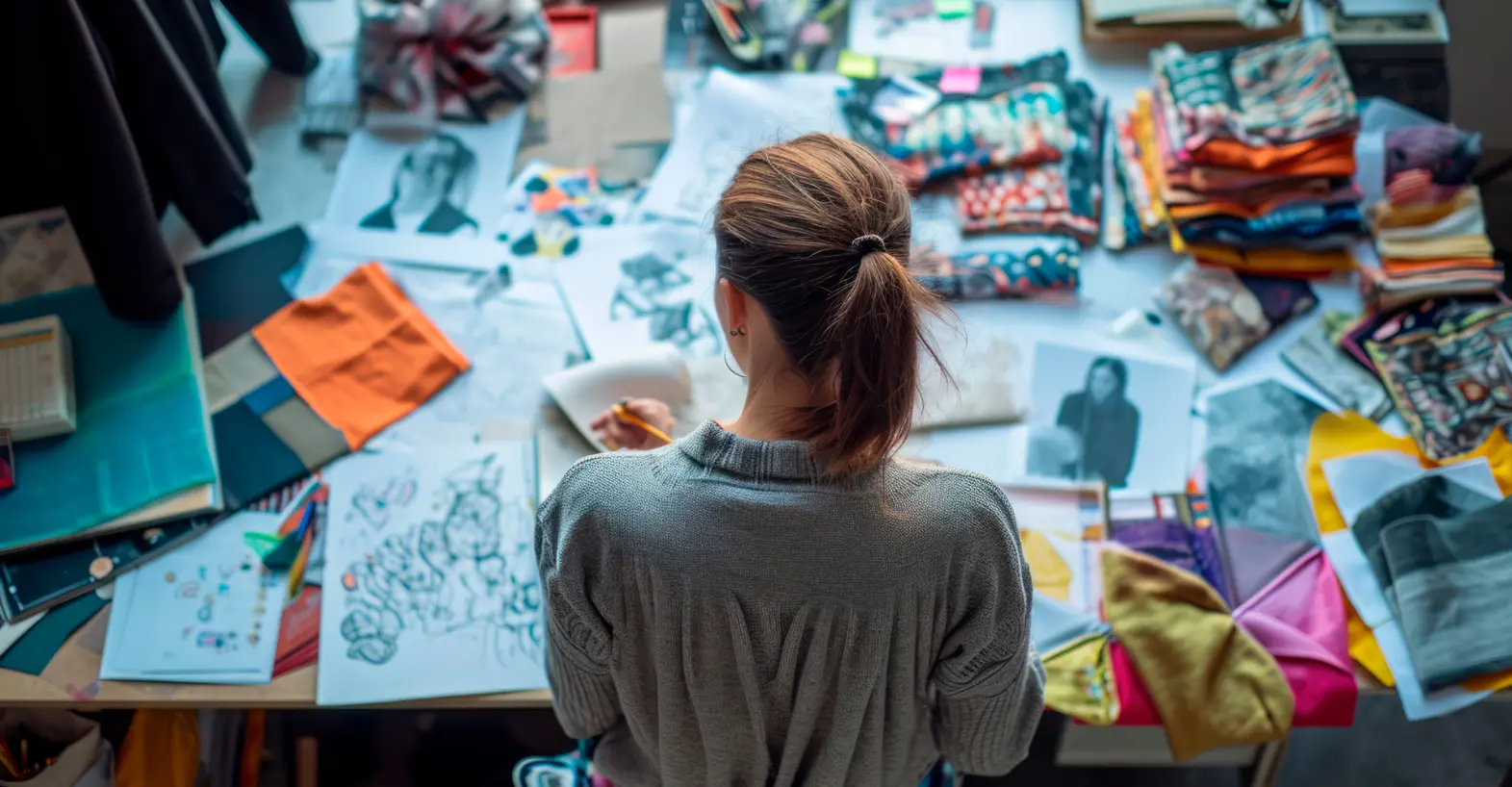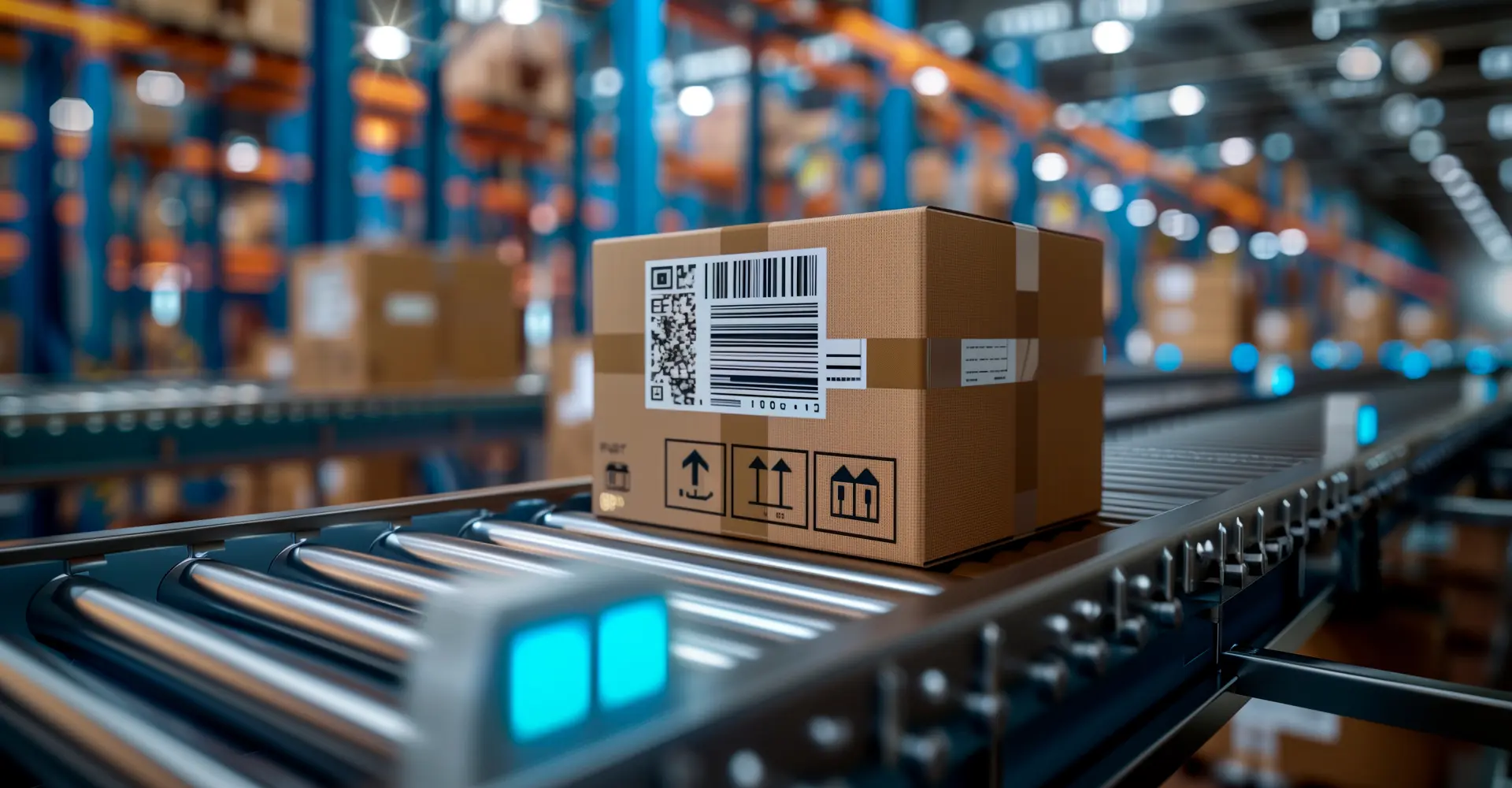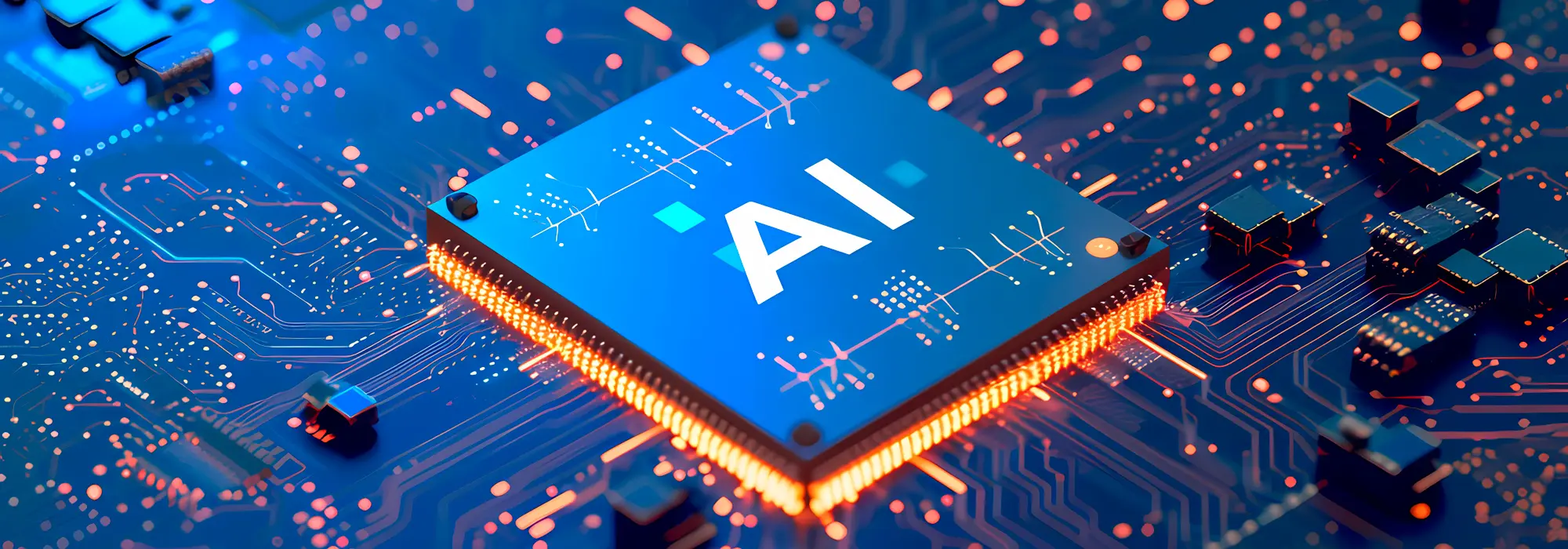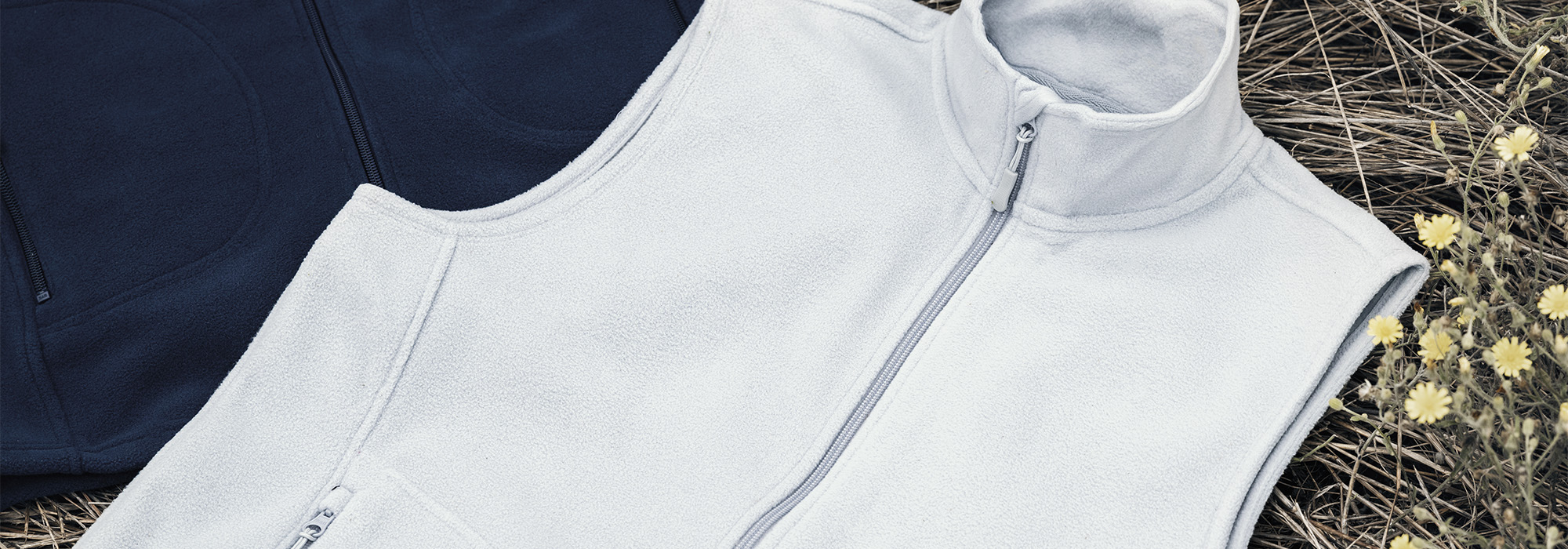The last decade has seen the emergence of something new that has quietly crept into our daily lives, especially among professionals… At first it was shy, almost invisible, but little by little it proved its worth, attracting interest and curiosity from all sectors.
We couldn’t give it a face or locate it on a map. It was, and still is, virtual… Can you guess what we’re talking about? Of course! We’re talking about AI, Artificial Intelligence!

How does AI work?
AI is like giving superpowers to our computers and machines. It enables them to carry out tasks that would normally be the preserve of humans. But for it to be operational, it needs to be fed with data: text, figures, images and sound. With all this, AI can process information and perform tasks like a pro.
AI in Textiles: A Dynamic Duo
As a player in the textile market, we can’t help but talk about AI. It cuts across many sectors, including our own. And yes, AI is both a talented designer and an efficient logistician! It can create stunning designs and automate production processes.
Creation and design
More and more brands are using it to create innovative patterns and designs for their collections. Adidas, for example, with its “Speedfactory” shoe customisation project, or H&M and Zara, who are using AI to spot market trends.
Why are these companies opting for AI? It’s not for lack of inspiration. They know that AI can anticipate and translate consumer needs based on Google searches and buying behaviour. It’s curious, studious and perceptive.

Production and Logistics
In textile production, AI is a valuable partner. It improves the efficiency of cuts and seams, reducing production time. And that’s not all! It also optimises stock management, the order preparation process and delivery.
Fascinating or frightening?
Opinions are divided. For someit simplifies our daily lives and optimises our work. For others, it represents direct competition for humans. It’s normal to have doubts, because every change brings its own uncertainties.
But let’s see the glass as half full! AI is not our replacement, but our partner. Without human intervention, it can’t learn or function. It can take over repetitive tasks and free us up for more creative and strategic activities. AI is great for processing data and carrying out analyses, but it can’t replace empathy, creativity and human judgement.

Conclusion
So let’s ask it to conclude this article:
AI, that discreet but promising new arrival, is taking over the world of textiles. Capable of creating designs and automating processes, it helps brands anticipate trends and optimise production. AI improves the efficiency of cuts and seams and optimises stock management and deliveries. However, its arrival has sparked debate: partner or competitor? Let’s see it as an ally, lightening the load of our repetitive tasks so that we can concentrate on what makes us unique: creativity and innovation. AI is only as effective as the human intelligence that guides it.
Thank you AI!






